The perfect aircraft for me would be one that cruises fast and lands slow, burns less than 30 liters an hour (diesel or 98), and is cheap to maintain. Being able to also land on short bush strips and take a family of 4 on adventures would be a definite plus.
Unfortunately, you can’t always get what you want – there are always trade-offs – usually, planes that fly fast need to land fast and hence, more runway to slow down. Low wings provide you with a better sun tan but are more likely to strike ground objects off-field. Taildraggers take more abuse on bush strips but have poor forward visibility and can behave badly in inexperienced hands.
Below are my favorite aircraft in the 4 seater category. Some are certified and others experimental, but they all excel in one way or another. All said and done, I probably like bush planes the most but still see the value in trainers and fast cruisers.
Certified vs. Experimental
In this article, we will look at some planes that come close to fitting the bill in one way or another. We will look at both Certified and Experimental Aircraft. Both of these types of aircraft are classified as Single Engine Piston (SEP)
Certified aircraft can be a lot more expensive to maintain due to the need to use licensed mechanics and certified parts but they can be a lot less of a headache in the long run and sell as they are a well-known commodity. Certified aircraft can also be used in generating offer additional income to help offset their costs (training, rental, etc.)
Experimental aircraft can be cheaper to buy and operate, but they require the owner to be a bit more personally committed to the maintenance and upkeep.
1. Diamond DA 40 NG (Certified)
At the top of the list is the Austrian produced (now Chinese owned) Diamond DA40 NG. This is the aircraft I used to obtain my Private Pilot’s License. It is an excellent modern training platform/family commuter if you can afford it.
The new list price for the aircraft is around €500,000. Second hand they are going for €200,000 and up depending on the age. To keep this bird flying and afford the repayments one would need to be utilizing it as a trainer.
The Diamond, with its slick Composite airframe, cruises at a solid 120 knots an hour (@75% power), while sipping a mere 25 litres/hour of Jet A1. (This is the same fuel the airliners use so it is cheap, €0.99/L compared to the 100LL fuel, €2.50/L, most General Aviation (GA) aircraft are burning. In practice that turns out to be an hourly fuel bill of €25 instead of €80.
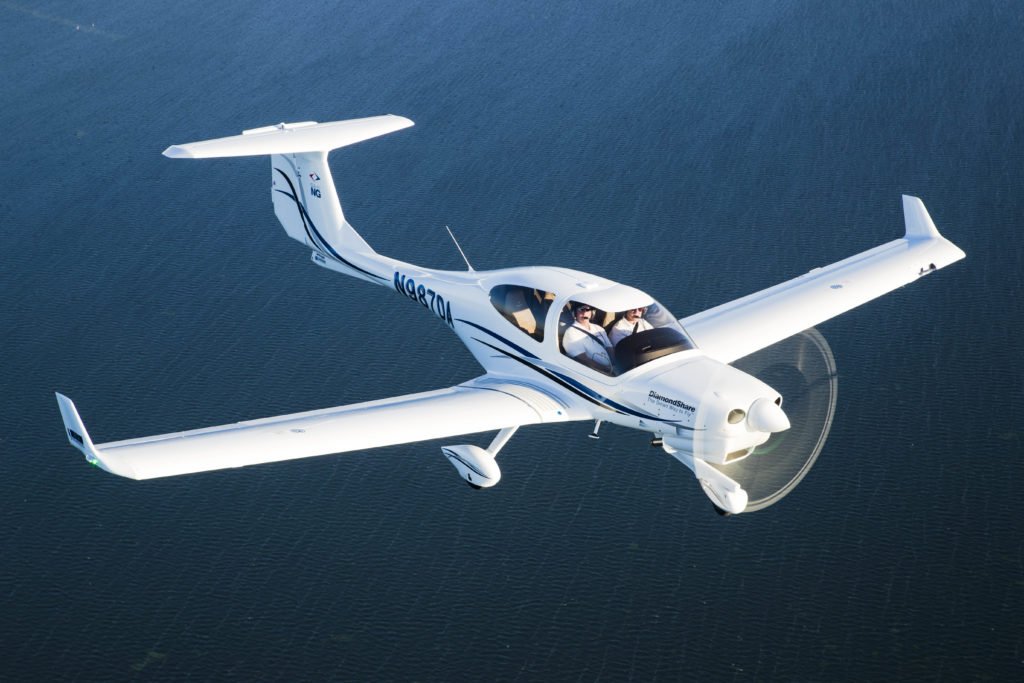
Diamond took the stock Mercedes OM640 diesel engine (found in A and B Class Mercedes cars) and added a turbo and full electronic engine control (FADEC). This system is simple to fly with just 1 lever which automatically controls the engine and constant speed propeller.
The cockpit has all the bells and whistles – a Garmin G1000 glass cockpit, IFR certification, autopilot and some other very nice stuff.
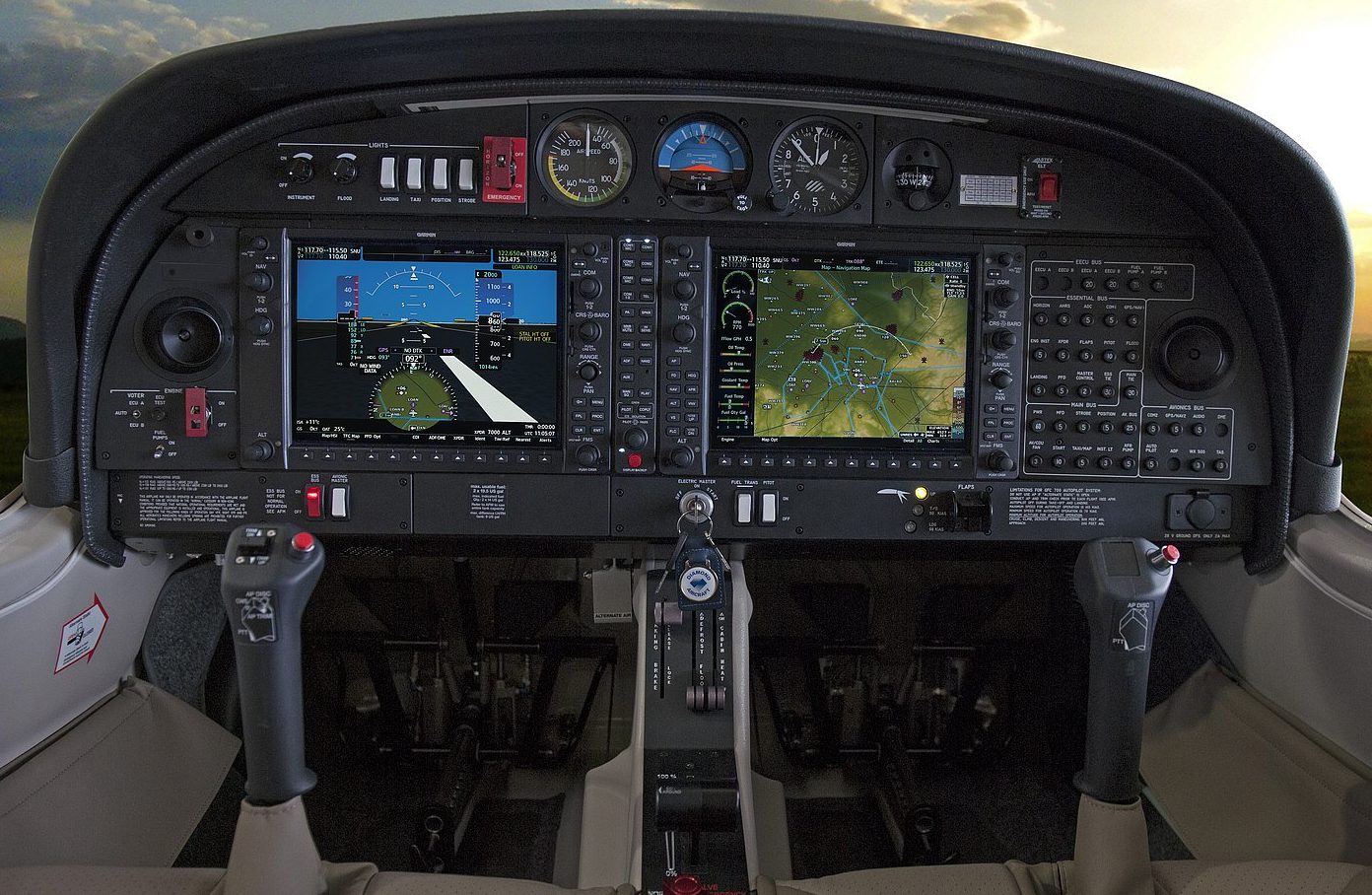
On the downside, it needs to land at around 76 knots (140 km/h), which compared to a Cessna 172 at 55-60 knots (100 km/h) is quite a big difference. The Diamond can handle bigger crosswinds though (25 knots vs. 18 knots for Cessna) due to the higher landing speed and big rudder.
The Diamond would not be my first choice for short runways. Neither would it be suited to bush strips, with its snuggly fit wheel pants, low wings and tricycle gear. (link to POH)
It would be my first choice as an all-round aircraft for paved runways that could be used to generate side income as a trainer.
2. Lancair IV (Experimental)
The Lancair IV-P is a 4 seater personal rocket ship. It makes it on this list for no sensible reason other than it is super sexy and ridiculously fast. I first saw this aircraft as a teenager and have idolized it ever since.
The Lancair has a cruise speed is 290 knots (537 km/h) @ 24,000ft with a burning 76 liters per hour and has a range of well over 2400 km. It can be found second hand these days for around €250,000. There is also a pressurize version (IV-P) which goes higher and a bit faster.
The Lancair IV is home-built kit aircraft. It runs a Continental TSIO-550 twin-turbocharged engine, capable of producing 350 HP. There is also a Turboprop version which produces 700 SHP (330 knots, 611 km/h cruise) if you have an extra €250,000 to add to the purchase price.
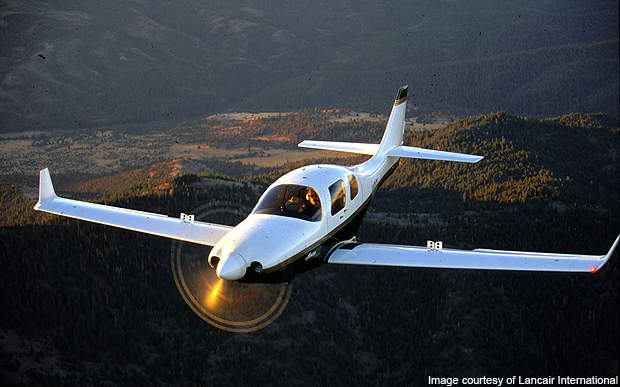
While the Lancair does not hit the target fuel burn of 20 liters per hour, it gets places very fast saving in overall fuel burn. The aircraft’s carbon fiber composite airframe moves through the air with very little friction, but the cockpit is tight.
Pilots of the aircraft remark that it can be difficult to fly at low speeds. Approaches are done in the high 80-90 knot range and touchdowns a little below 70-80 knots.
The accident rate for the aircraft is quite high both due to the difficult handling characteristics of the aircraft at low speed, and at times, lack of experience of pilots who fly it. (Lancair training manual with crash statistics). Still, the aircraft attracts very many commercial and ex-military pilots who seek out a high-performance aircraft.
Being Experimental, much of the maintenance can be done by the owner. Keeping the high-performance engine in good working order though could get expensive, especially if an overhaul is needed.
This aircraft would be my first choice if I only needed to visit paved runways and I wanted to get there fast (e.g. Port Macquarie to Sydney) To make it viable cost-wise, you would need to be able to offset some of the expenses to business travel.
3. Maule M7 (Certified)
Stepping away from the trainers and fast cruisers, we enter the world of Bush planes. Bang for buck, you can’t get much better than a Maul for off-strip capability – built for Shot Takeoff and Landing (STOL), these aircraft are absolute workhorses.
Maules can take off in less than 100 meters and can land in less than 300 meters. Skilled pilots have been known to get them off the ground in as little as 30 meters and land them in about the same. The stall speed is very low at 35 knots.
The aircraft has an aluminum wing for better aerodynamics and fabric-covered steel tubing fuselage for lightness. Priced new these aircraft go for around €250,000. Older versions are upwards of €100,000 based on their age and condition.
Maules come mostly in a Taildragger (M7, MX7) configuration, but there are a few Nose wheel models (MT7, MXT7) available. They have rugged landing gear and can be fitted with standard wheels, Alaskan bush wheels, snow skis, or even floats.
These aircraft use Lycoming engines, either a Carbureted 180 HP or 225 HP model that can run on 98 auto fuel, or a Fuel-injected 225 HP or 260 HP version that runs on only 100LL fuel.
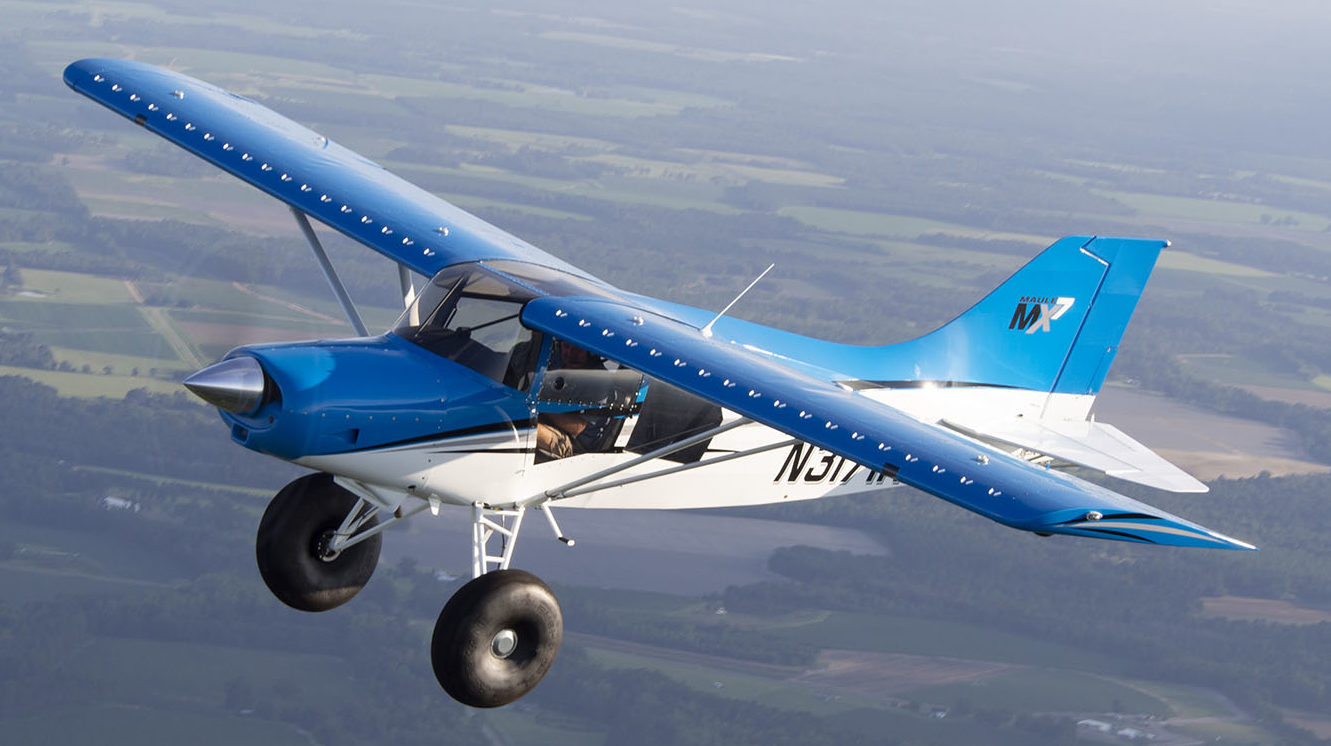 I prefer the 180 HP version (MX7 version) pictured above because it only burns 30L/ hour of 98 fuel and has a higher useful load (467 kg). This model however, has a slightly shorter cabin than the standard M7 models (12 cm shorter and 2 cm lower) to balance the lighter engine. Cruise speed is around 120 knots (220 km/h) at 75% power.
I prefer the 180 HP version (MX7 version) pictured above because it only burns 30L/ hour of 98 fuel and has a higher useful load (467 kg). This model however, has a slightly shorter cabin than the standard M7 models (12 cm shorter and 2 cm lower) to balance the lighter engine. Cruise speed is around 120 knots (220 km/h) at 75% power.
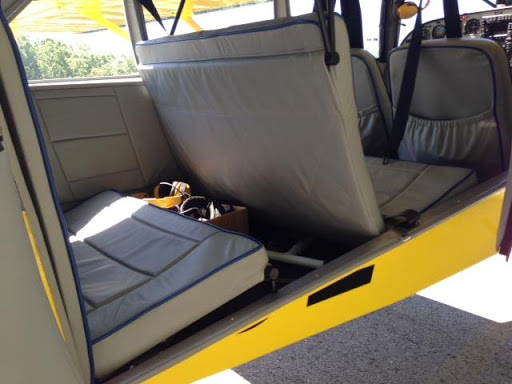
As to the 225 HP or 260 HP versions (M7), they get up in the air a bit faster which would be good for float flying or landing in the backyard. They also cruise a bit faster, but at the expense of another 10L/ hour. They have a smaller useful load that the 180 HP version (407 kg) but offer the option of an additional 5th seat at the expense of luggage space.
One big selling point of the Maules is the clamshell opening doors. The seats can be quickly removed with a quick-release mechanism and the back pod filled with cargo.

There is also an M9 version of the Maule aircraft which is based on the standard M7 version but has a higher useful load (499 kg). To make that possible some reinforcements were made to the undercarriage.
The M9 has a higher stall speed of 40 knots, most likely due to the fact it does not have VG’s fitted to the wing. Not sure what the story is behind that.
The Maule factory at some point was looking into fitting the M9 with a Diesel engine, the SMA 305 230 HP, but it didn’t go too much further. Cessna was also looking at the same engine for their latest 182 model, now called the JT-A. Also would be interesting to understand the story behind this.
For Australian bush flying this would be a very good aircraft and very well suited to the rough strips we have around the country. As the aircraft would most likely be a taildragger it would not make a good trainer and the fuel burn would be a bit too expensive. A lot of people have used them successfully in commercial operations to haul people and cargo into remote locations.
Here is a Maule factory tour which shows the construction process. This is a sales brochure on the models.
4. Bearhawk 4 (Experimental)
The Bearhawk is a Maule on steroids – it does everything better and even comes with those famous clamshell doors to pack in the family and every piece of camping equipment you own.
Being lighter than the Maule, it has a higher useful load, close to 600kg. It will also climb out faster if fitted with a comparable engine. Being experimental, there are quite a few engine choices but most people fit Lycoming engines of 180HP or greater. Fuel consumption is on par with what you would see with the Maule aircraft and there are also options to use Autogas.
The Bearhawk 4 is a kit aircraft designed by the American engineer Bob Barrows and produced in Mexico. The latest version of the kit (Bearhawk 4 B) has design enhancements which have improved its structural integrity, cruise speed and slow-speed handling.
Quick build kits start at around $50,000 USD and require 800-1200 hours of build time. Add on top of that the cost of an engine upwards of $80,000 and some avionics $20,000 and you would have a nice aircraft for $150,000 and probably 5 years of your life.
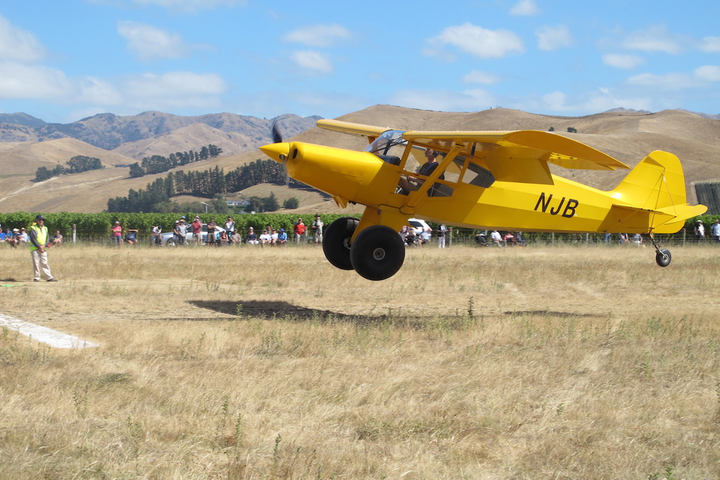
If I saw one of these aircraft second hand I would definitely consider buying it, but not sure that I have the skills or interest to build one from scratch.
5. Cessna 170, 180, 185 (Certified)
These are good old bush planes that have a solid reputation. Production started in 1948 with the Cessna 170 and ended in 1985 with the Cessna 185. Many of them fly today as floatplanes.
Engine sizes varied over the years, ranging from 145 HP up to 300 HP. Take-off and landing performance is not as good as a Maule but they do cruise slightly faster.
Early versions of the Cessna 170 had a fabric wing and metal fuselage but later they moved to an all-metal aircraft. The Cessna 180 and 185 came in a 4 or 6 seat configuration and had a useful load of around 500 kg.
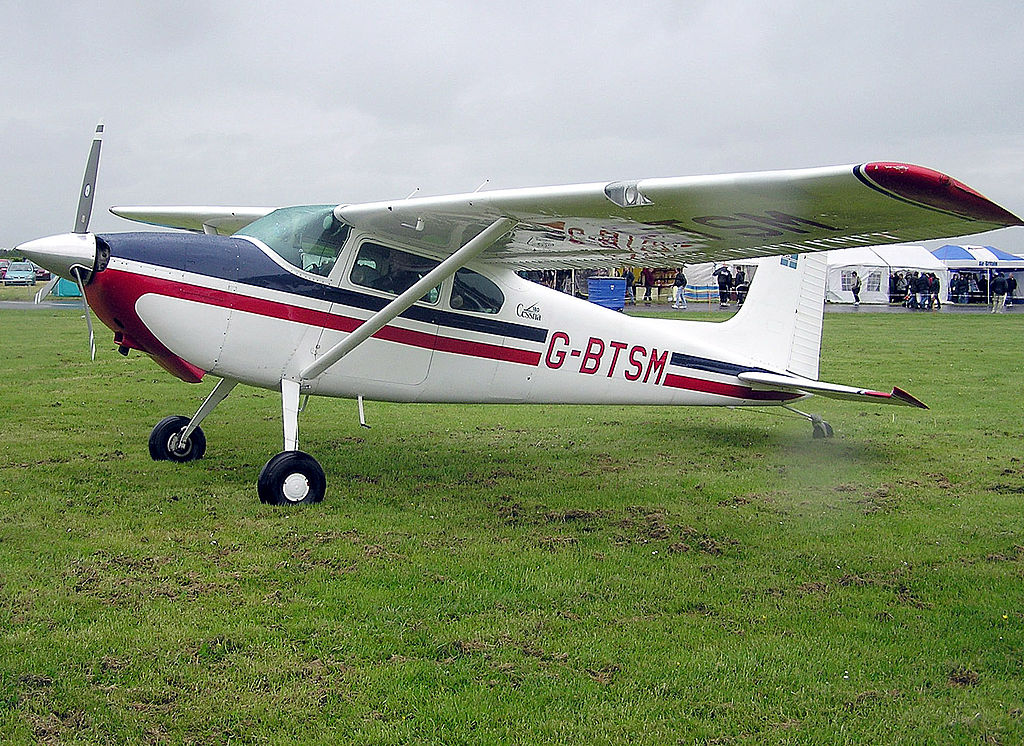
These aircraft have become a bit of a collector’s item and usually fetch upwards of €100,000, depending on their age and condition.
Fuel consumption is around 30-40 L/hour with the 180HP and below engines and 40-60L/hour for the higher horsepower engines. There are some auto fuel STC’s (approved modifications) available, depending on the engine.
While I haven’t flown these aircraft, I have flown a lot of Cessna 172’s and I would expect similar handling, apart from the landing gear configuration. These Cessna’s can be used off-field and can be landed short but still not as short as a Maule.
Aircraft not on the list and why
Zenith CH801 is a kit aircraft with great STOL performance and comes in a tricycle gear for those who don’t like taildraggers. It has an impressive useful load of 450 kg but cruise speed is slow at 95 knots. There are many engine options all around the 180 HP range. It’s not beautiful or fast enough to make the short list but it’s definitely worth a mention.
Cessna 172’s can’t be faulted for their reliability but every club has got a couple and you can usually rent them cheaper than you could own one. Cessna 182’s are a great workhorse of a plane with a useful load of around 500 kg, but they burn a lot of fuel (50-60L/hour) and if you don’t need the extra useful load or speed (+22 knots), you would do better with a 172.
Pipers (Archer, Worrier, Cherokee) are almost as common as Cessna’s and are easily rented. They are good trainers but most people want to step up to something a bit more sexy if they are buying. Being a low wing, they are also more prone to vapor lock issues when using auto fuel. It seems though that there are STC’s available but they usually require the installation of an additional fuel pump which needs to run all the time. There is now a 155 HP Diesel model called the Archer DLX which is stated to get 120 knots on 25 L an hour.
Cirrus aircraft (SR20 SR22) are comparatively expensive to other aircraft, burn more fuel, and don’t have a great useful load. They do fly a bit faster though and have the magic parachute which is intended to put our wives at ease.
Mooney aircraft are fast and fuel-efficient but I am not a huge fan of their look, especially the tail. Their turbo engines require a skilled pilot which I am not.
Socata TB represent good bang for buck. There was a plan to produce a diesel powered TB20 but production stopped in the early 2000’s due to industry downturn and never bounced back. It’s the same company that is making the very sexy TMB 930 but that bad girl is out of the reach of this article and my wallet.
Sorry but Tecnam aircraft (P2002, P2004) are just plain ugly. The later models (P2008,P2010) are slightly better looking but the P2008 is underpowered with the Rotax engine and the P2010 is just a new looking Cessna 172 for about the same money. Admittedly they do have some redeeming features like a lighter airframe, a Garmin G1000 instrument panel and an engine that runs on auto fuel without STC, but I still would take a Diamond DA40 any day.
Robins are supposed to be quite fast but they have weird looking wings and canopy and the fact they are made out of wood makes me want to fit a parachute before I fly one. This is probably down to my ignorance.